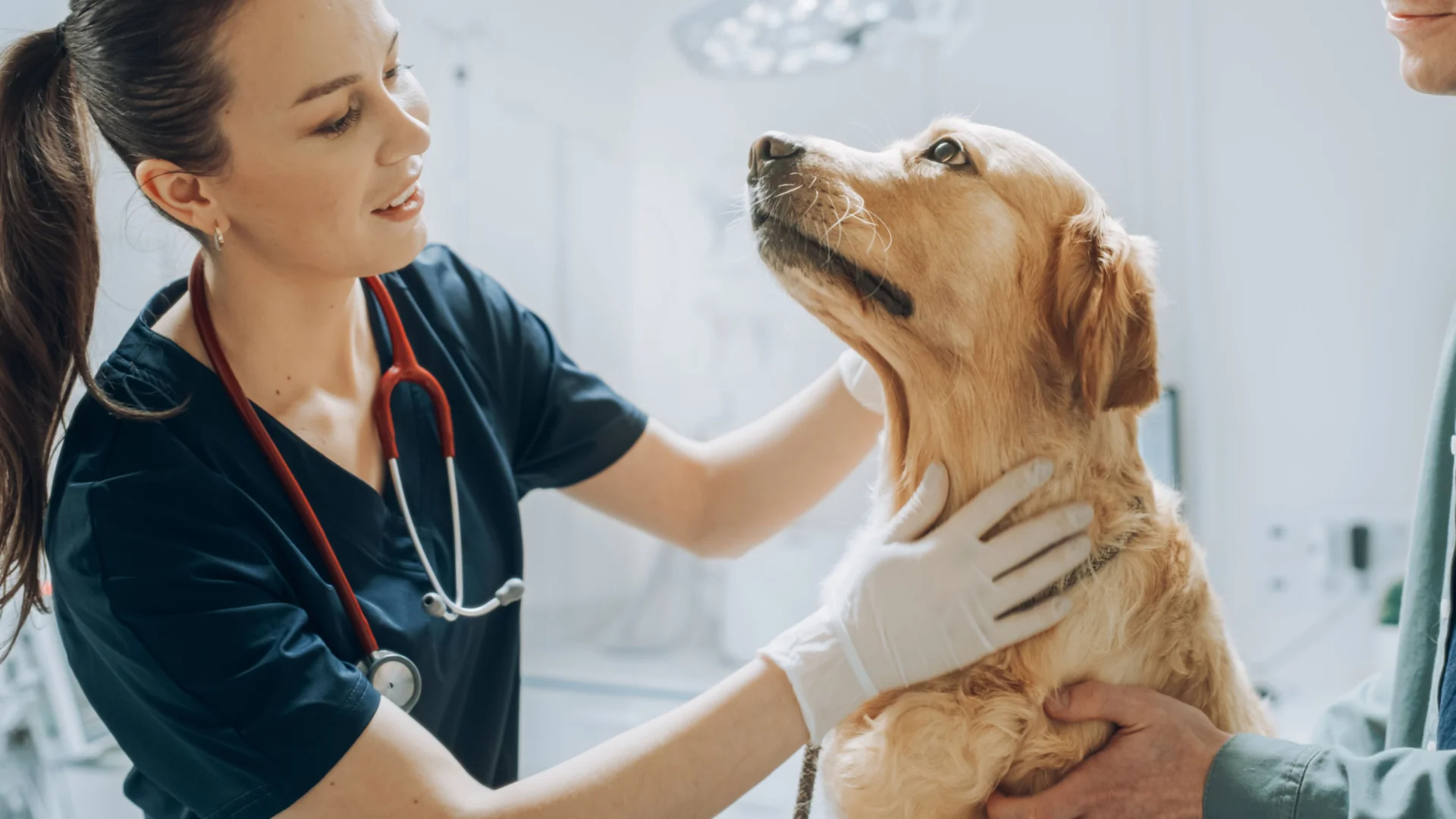Key takeaways:
- Pasteurella multocida is a zoonotic bacterial pathogen capable of causing disease in a wide range of animals.
- The species consists of multiple sub-species or serogroups with different host ranges and treatment susceptibilities.
- Next Generation Sequencing can provide quicker diagnosis and identification of specific pathogen serogroups, affording greater opportunities for disease treatment.
Pasteurella multocida is a Gram-negative, facultatively anaerobic bacterium that plays a significant role in veterinary medicine due to its association with a variety of infectious diseases in animals. The species was named in honor of French microbiologist Louis Pasteur, who first isolated the bacterium in the 1880s as the causative agent of fowl cholera (Pasteur, 1880). It is commonly found in the nasal cavities, respiratory tracts, and gastrointestinal systems of many animals, including mammals and birds. P. multocida is a member of the Pasteurellaceae family, and it is typically transmitted through direct contact with infected animals, bites, scratches, or contaminated environments. The bacterium is zoonotic, meaning it can be transmitted to humans, primarily through animal bites or handling infected animals (Wilson & Ho, 2013). The pathogen is classified into five serogroups (A, B, D, E, and F) based on the structure of its capsular polysaccharides, and these serogroups are further divided into various biotypes that can affect different species of animals (Rimler & Rhoades, 1987). Understanding the classification of P. multocida is crucial for identifying the strain involved in specific infections and tailoring appropriate treatment strategies.
Animals Affected by Pasteurella multocida
Pasteurella multocida can infect a wide variety of animals, from companion pets to livestock, with each species showing distinct clinical presentations. Here are some examples:
- Rabbits: P. multocida is a common pathogen in rabbits, causing a disease known as rabbit snuffles, which primarily affects the respiratory system. Rabbits are most frequently infected with serogroup A (Takashima et al., 2001). This disease can lead to nasal discharge, conjunctivitis, and in severe cases, pneumonia. The bacteria can also cause otitis media, leading to head tilt.
- Symptoms:
- Nasal discharge
- Sneezing and coughing
- Conjunctivitis
- Head tilt (if otitis media is present)
- Respiratory distress
- Symptoms:
- Pigs: In pigs, P. multocida is responsible for porcine pleuropneumonia, an acute, often fatal respiratory disease. It can lead to sudden death in affected pigs and is a significant concern in commercial pig farming. Chronic cases can result in poor growth rates and secondary infections.
- Symptoms:
- Fever
- Coughing
- Difficulty breathing (dyspnea)
- Rapid death in acute cases
- Cyanosis (blue discoloration of the skin)
- Symptoms:
- Poultry: In poultry, P. multocida causes fowl cholera, an infection that can affect chickens, turkeys, ducks, and other birds. Serogroups A,D, and E are notable causes of cholera in poultry birds. The disease can present acutely, causing sudden death, or in a chronic form, leading to swelling, lameness, and respiratory distress.
- Symptoms:
- Sudden death (in acute cases)
- Swelling of the head, neck, and joints
- Respiratory distress
- Lameness
- Decreased egg production (in laying hens)
- Symptoms:
- Cats and Dogs: Both cats and dogs can carry P. multocida in their mouths, particularly after bite wounds. Infections from bite wounds are common and can lead to cellulitis, abscesses, and in severe cases, systemic infections. In dogs, P. multocida can also contribute to respiratory diseases such as kennel cough.
- Symptoms (in bite wound infections):
- Pain and swelling at the bite site
- Fever
- Redness and warmth around the wound
- Abscess formation
- Symptoms (in respiratory infections):
- Coughing
- Nasal discharge
- Lethargy
- Symptoms (in bite wound infections):
Treatments and Prevention
Treatment of Pasteurella multocida infections typically involves antibiotics, though the choice of drug depends on the specific strain and the site of infection (Wilson & Ho, 2013). In severe cases, supportive care such as oxygen therapy or fluid administration may also be necessary. Prevention strategies include vaccination, especially in livestock and poultry, and practicing good hygiene and biosecurity measures to reduce the risk of transmission. Quarantine measures for new animals and controlling animal movement can help prevent outbreaks, particularly in farm settings.
- Common antibiotics for treatment:
- Penicillin
- Amoxicillin
- Tetracycline
- Chloramphenicol
- Enrofloxacin
- Trimethoprim-sulfamethoxazole
Challenges in Diagnosing Pasteurella multocida
Diagnosing Pasteurella multocida can be challenging, particularly in cases where the disease has developed secondary infections or when animals present with nonspecific symptoms. Culture-dependent methods, while widely used, have some limitations. For example, P. multocida may not always grow well under certain conditions, and some isolates are difficult to identify without specialized media or expertise. Additionally, the bacterium may be present in low numbers, and other pathogens can mask its presence, complicating diagnosis. In veterinary practice, accurate and timely diagnosis is crucial for effective treatment, but traditional culture-based methods often require extended incubation times and may not always yield definitive results.
How Next-Generation Sequencing (NGS) Improves Diagnosis
Next-generation sequencing (NGS) offers a promising solution to the diagnostic challenges associated with Pasteurella multocida. NGS technologies can provide a more accurate and faster diagnosis by allowing for the simultaneous detection of multiple pathogens in a single sample. By sequencing the DNA of the bacterial pathogens present in an infected animal, NGS can help identify the specific strain of P. multocida, its serotype, and potential antibiotic resistance profiles (Peng et al., 2019). This molecular approach eliminates the need for prolonged culture periods and provides more detailed information that can inform treatment decisions. Furthermore, NGS can detect low-abundance pathogens that might be missed by traditional culture techniques, enabling veterinarians to make more accurate diagnoses and initiate appropriate treatments earlier.
Conclusion
Pasteurella multocida continues to be a significant pathogen in veterinary medicine, affecting a wide range of animal species and presenting various challenges in diagnosis and treatment. Its ability to cause severe respiratory and systemic diseases in animals, along with its zoonotic potential, underscores the importance of early detection and effective management. Advances in diagnostic tools, particularly next-generation sequencing, hold promise for improving the speed and accuracy of P. multocida identification, which can ultimately enhance treatment outcomes. With ongoing research and the development of better diagnostic and preventive strategies, the veterinary community can continue to address the impact of this versatile bacterium on animal health.
References:
- Pasteur, L. (1880). De l’attenuation du virus du cholera des poules. CR Acad. Sci. Paris, 91, 673-680.
- Peng, Z., Wang, X., Zhou, R., Chen, H., Wilson, B. A., & Wu, B. (2019). Pasteurella multocida: genotypes and genomics. Microbiology and Molecular Biology Reviews, 83(4), 10-1128.
- Rimler, R. B., & Rhoades, K. R. (1987). Serogroup F, a new capsule serogroup of Pasteurella multocida. Journal of clinical microbiology, 25(4), 615-618.
- Takashima H, Sakai H, Yanai T, Masegi T. (2001). Detection of antibodies against Pasteurella multocida using immunohistochemical staining in an outbreak of rabbit pasteurellosis. J Vet Med Sci 63:171–174. doi: 10.1292/jvms.63.171.
- Wilson, B. A., & Ho, M. (2013). Pasteurella multocida: from zoonosis to cellular microbiology. Clinical microbiology reviews, 26(3), 631-655.
Categories: Antibiotic Resistance, Bacterial Infections, Exotic Pets, Next-Gen DNA Sequencing Technology, Pet Health, Safety and Wellness, Rabbits, Zoonotic Infections

